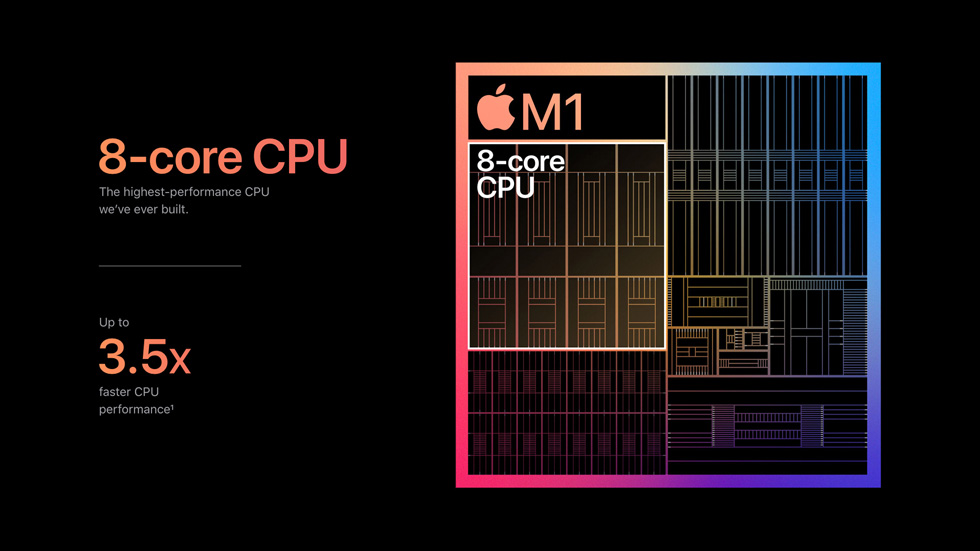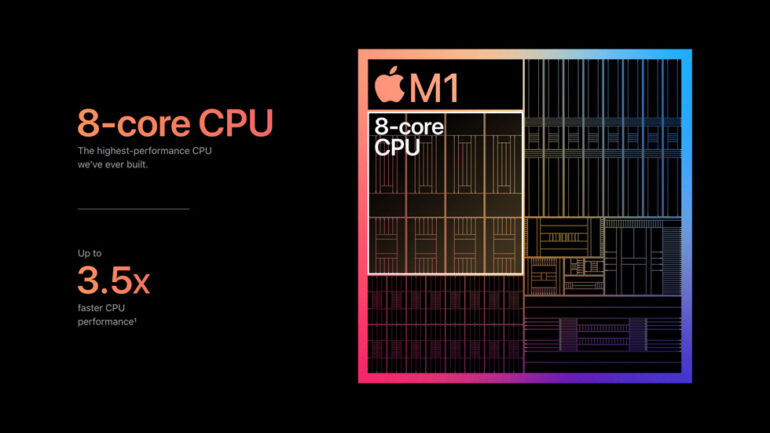As technology enthusiasts eagerly await the next iteration of Apple’s beloved MacBook Air, speculations and wish lists abound regarding the features that would make it truly exceptional. With each new release, Apple consistently pushes the boundaries of innovation, enhancing user experience and redefining what a laptop can offer. As the competition among tech giants intensifies, Windows-based devices have introduced some remarkable features that have left MacBook users envious.
In this blog post, we delve into the realm of possibilities and explore four Windows features that many believe the next MacBook Air should incorporate. From improved touch functionality to seamless integration with cloud services, these features could transform the MacBook Air into an even more versatile and powerful machine, capturing the attention of both loyal Apple enthusiasts and those considering a switch from Windows. So, let’s dive in and discover the enhancements that could potentially elevate the MacBook Air to new heights.
Number 1. A punchier processor

The MacBook Air is one of Apple’s most popular laptops, but it has been criticized for its lack of power. The current MacBook Air is powered by the M1 chip, which is a great processor for most tasks. However, it is not as powerful as the latest Windows processors from Intel and AMD. This means that the MacBook Air can struggle with demanding tasks, such as video editing and gaming.
In order to stay competitive, the next MacBook Air needs to be powered by a more powerful processor. This would allow the MacBook Air to handle more demanding tasks with ease. It would also make the MacBook Air a more attractive option for users who need a powerful laptop for work or school.
There are a few different processors that Apple could use in the next MacBook Air. One option would be to use the M2 chip, which is expected to be released in 2023. The M2 chip is rumored to be based on the same architecture as the M1 chip, but it is expected to be faster and more powerful. Another option would be to use a Windows processor from Intel or AMD. This would give the MacBook Air access to the latest and greatest processor technology from Intel and AMD.
No matter which processor Apple chooses, the next MacBook Air needs to be more powerful than the current model. This is the only way to ensure that the MacBook Air can stay competitive with Windows laptops.

